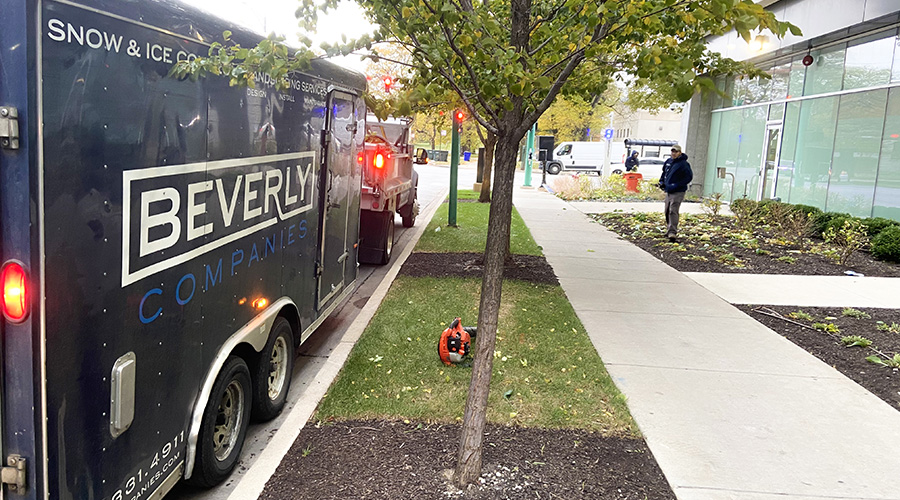Utility Vehicles: Managers' Top Consideration is Cost
Product Focus: Utility Vehicles
Utility vehicles might never be more appealing than they are right now. As the nation’s economy swoons, organizations are looking hard for opportunities to save. In response, managers are using every strategy they know to stretch budget dollars.
Utility vehicles offer a combination of versatility and performance that goes beyond traditional material and equipment hauling to include plowing, mowing and spraying.
Cost, Cost, Cost
The focus of managers’ questions has shifted in recent months, and cost again tops the list, pushing green and other considerations, for now at least, further down.
“With the volatility in prices and markets recently, we’re getting more questions about overall reduced cost of operation, especially reduced fuel usage and costs,” says Kevin Lund, group product marketing manager for utility vehicles with John Deere. Even performance considerations take a back seat to cost.
“Speed had always been on the top of the list — how fast it goes,” says Rob Gilles, marketing manager with Bobcat Co. “But the change is now more toward, ‘How much does it cost?’ That’s getting to be a very prominent question in today’s marketplace.”
Manufacturers are well aware of the role cost plays, relative to the other considerations that factor into a purchase.
“Managers face growing demands to increase productivity, reduce emissions, conserve fuel, limit noise, and stay within their capital and operating budgets,” says Wade Tollison, marketing manager for utility vehicles and debris products with The Toro Co. “Product quality and customer service after the sale are paramount. Customers cannot afford unplanned, expensive repair costs or product downtime that limits productivity.”
Many customers are reconsidering the purchase of larger, more powerful utility vehicles in favor of smaller, lighter, and — yes — less expensive models.
“Customers have come to the realization that bigger engines and more horsepower don’t really mean better utility vehicles,” says Joseph Cunningham, vice president of marketing with Jacobsen. “They are asking us how to make the next generation of utility vehicles lighter and more productive.”
Managers concerned primarily with cost would be wise to look beyond first cost.
“It still boils down to overall cost of ownership, which doesn’t always mean paying the least amount of money to acquire a piece that meets minimum requirements,” Lund says. “In some cases, it may mean using electric vehicles.”
But front-line workers still must carry out a host of duties daily to keep landscapes looking their best. So managers emphasizing cost still need flexibility.
“They’re trying to do more with less,” Gilles says. “So if you can offer an attachment, or if you can offer something else they can do, that’s helping us close sales.”
Related Topics:














